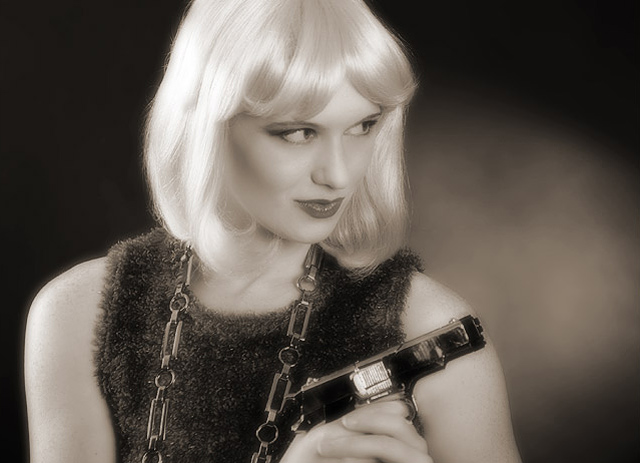In class we defined the different types of audiences:

I then went on to research Pete Buckingham, head of distribution and exhibition for the UK Film Council's transcript from a workshop with iFeature regarding audience trends, profiles and patterns.
In industry, the UK cinema-going audience consists of:
1. 40% Young, aged 15-24, despite representing 32% of the population
In contrast, ages 55+ represent 34% of the population but only 20% of the cinema audience. 35-44 year olds represent 35% of the population and 38% of the cinema audience.
2. Upmarket, ABC1s (upper, middle and lower class demographic) represent 49% of the population, but 60% of the cinema audience, which increases up to 66% amongst heavy cinema goers. This trend shows that the older the audience, the more upmarket.
3. Frequency, 15-34 year olds form 60% of the heavy cinema goers, with 40% of them from the 15-24 age group. Medium cinema goers are 50% of 25-44 year olds. The 55+ age group represents 32% of light cinema goers.
From this information, you can analyse that this is a young and upmarket audience. Within the film industry, there is a degree of snobbishness towards the so-called multiplex audiences (multiplexes are somewhere to eat and lots of screens e.g Riverside, Norwich, for its nightclubs, restaurant, and wide variety of film screenings.)
Clusters
Cinema audiences can be clustered to interpret what an audience looks like, and understand how to communicate with them and what they are like. These clusters include:
Hero seeker - Don't go out much, place well in advance.
Impulsive materialist - Fashion victim, affluent, film-dinner-drinks. Word of mouth is key.
Film fanatics - Male, pre-plan their trip, 25-44, go in 2s, review-led.
Impressionable socialites - Male/female, under 25, like blockbusters, led by ads.
Modern parents - Kids pressuring the parents.
Fun lovers - Not film literate, big film and video consumers.
Youth of today - See films as soon as they come out.

However these clusters do not give enough information for writers, directors of producers, as they are so vague and difficult to plan for. Films fall into the categories as opposed to being designed for them.
Generic pleasures
Pete Buckingham asked audiences 'what activities are more important to you than film?' The responses were:
Men: Music, drinking, sport, socialising, TV
Women: Music, socialising, shopping, TV
Younger people: Music, TV, socialising, computer games, shopping
Audience's interest in music
Music is very popular amongst all ages and genders, however it does not align strongly with film. However, most famous films and blockbusters have a memorable soundtrack attached to them, for example the
Pulp Fiction soundtrack. This should be considered for many more films, and music is very important to their audiences.
What film represents to an audience
For the majority of general film audiences, film represents satisfying peoples' unfulfilled desires. It includes of the things that people do not get from work;
Excitement, exhilaration, power, fun, ambition, people to admire, creativity, imagination, innovation, style and glamour, the surprising, and the unexpected.
The UK Film Council researched that the biggest thing to come out of the cinema is an event. Since general audiences tend to go to the cinema with at least one other person, there must be negotiation in choosing which film to see. Audience choices are governed by the following what their friend/partner wants to see. This is because people want the film they see to give them a peak experience. They also do not want to be blamed for choosing a bad film, as this would be a waste of money and time. In a group of friends, the films which polarise are unlikely to be chosen, meaning that blockbusters will most likely be seen. There is a desire to have a shared experience, therefore people do not want to choose a film which their company will not enjoy, and most people do not want to go to the cinema alone.
Given people's desire to not make a mistake, but choose quickly and effortlessly, they look for clear signals for if they will like the film. These are drivers (things that draw the person to the film), and barriers (things that push the person away from the film);

 My target audience for my OTS film
My target audience for my OTS film
My own target audience for a traditional film noir film, falling into the crime-drama hybrid genre, is an audience of both males and females. This is because during my research into audience, I found that both females and males shared the same level of interest in the crime/gangster film genre.

I will be targeting my traditional film noir film at a post-modernist audience, as they are most fanatical about film and will appreciate the conventional film noir aspects. They will also be the audience who watches our film at art houses and by streaming (which is how we are distributing), as from my research I found that this audience category ‘experiences the old in new ways’. Due to the adult crime-drama genre for my OTS film, and the traditional late 1940s/early 1950s setting, I will target my audience at an older age, from 25-44. This is because this audience are medium cinema goers, and therefore will be interested in carefully choosing smaller films to watch, rather than going to see every new blockbuster. Older audiences are also more upmarket, and as my film will be shown in art-houses as well as cinemas, this is the audience who will be most likely to choose to watch a film at an art house over a blockbuster at a multiplex.













